1. M*A*S*H – A Comedy That Was Actually a Protest
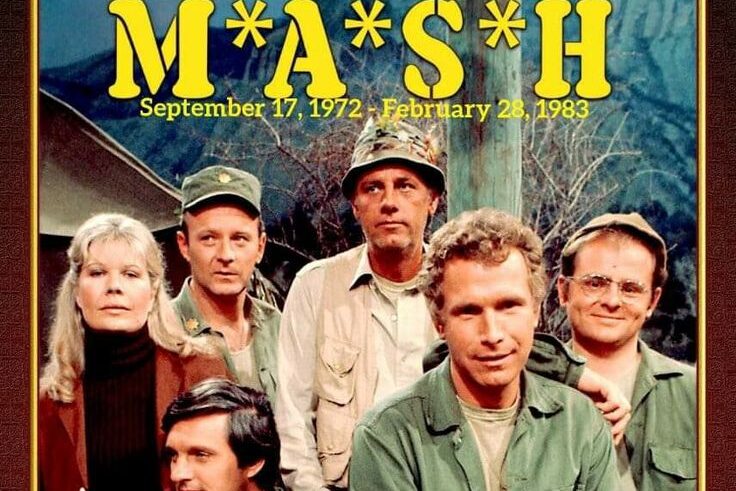
You wouldn’t think a medical army comedy could be political, but MAS*H wasn’t just about doctors patching up soldiers in the Korean War. It was a clever cover for commentary on the Vietnam War, airing during a time when dissent was dangerous. Writer Larry Gelbart once admitted, “We were not making a Korean War show. We were making a Vietnam show.” The show questioned authority, mocked bureaucracy, and made people laugh while confronting the cost of war. The humor softened the blow, but the message was loud: war is messy, and blind patriotism isn’t always noble.
2. I Love Lucy – Love Beyond Color Lines
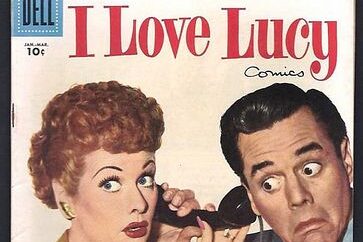
When I Love Lucy hit the airwaves in 1951, it brought more than slapstick comedy. It brought a real-life interracial marriage into America’s living rooms. Lucille Ball and Desi Arnaz weren’t just a TV couple. They were breaking norms with their Cuban-American and white union. At a time when such pairings were frowned upon, their onscreen love story made it feel normal. Lucy also poked holes in gender roles, often outsmarting Ricky or chasing her own ambitions. As Ball put it, “I’m not funny. What I am is brave.” And brave she was, for both love and laughter.
3. Star Trek – Space Travel with a Message

To many, Star Trek was just an exciting voyage through the stars. But to those who looked closer, it was a mirror reflecting Earth’s own struggles, like race, war, class, and human rights. Featuring TV’s first interracial kiss and a multicultural crew, it imagined a future where unity trumped division. Creator Gene Roddenberry once said, “We must question the story logic of having an all-knowing all-powerful God, who creates faulty Humans.” This wasn’t just sci-fi. It was a bold dream of what humanity could be. Each episode asked the tough questions, all from the comfort of the USS Enterprise.
4. All in the Family – Laughing at Prejudice to Expose It
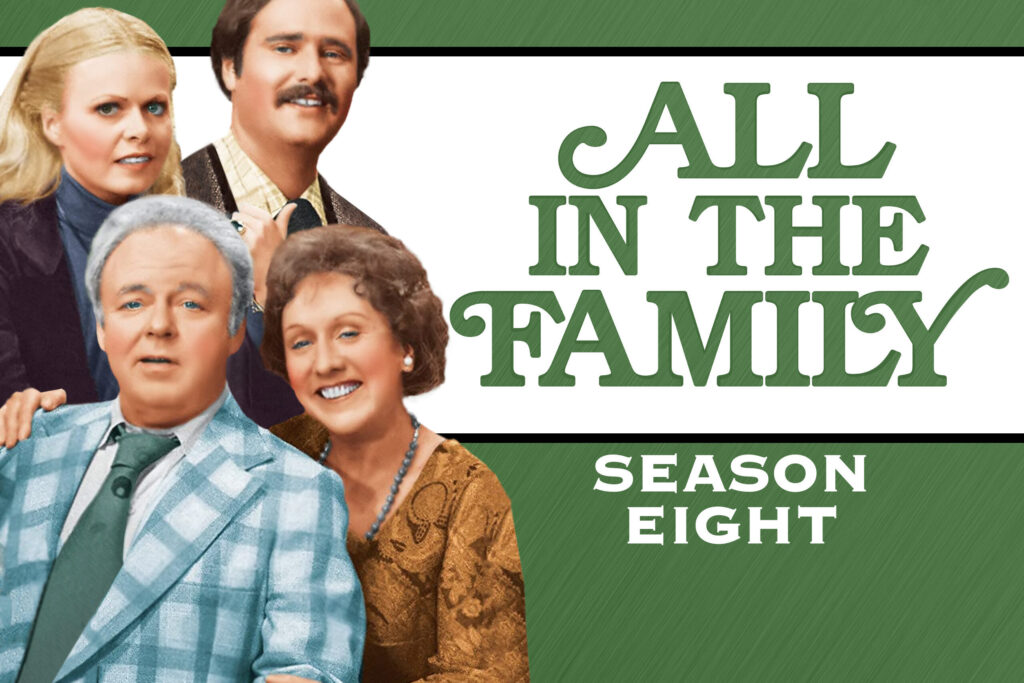
Archie Bunker wasn’t loveable because he was right. He was loveable because he was real. In All in the Family, Archie’s outdated, often offensive views became a lens through which viewers could confront their own beliefs. As Norman Lear, the show’s creator, said, “You couldn’t get a better mirror to hold up to the culture.” By putting ignorance front and center, the show cleverly forced conversations that many avoided. The brilliance was in the balance, with uncomfortable topics wrapped in relatable humor. It was hard to look away, and even harder not to reflect on what it meant.
5. The Jeffersons – Success Without Stereotypes
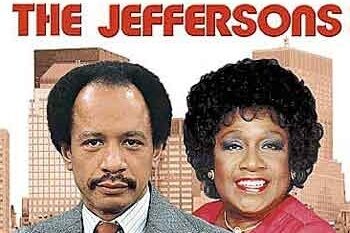
When The Jeffersons moved on up to a deluxe apartment in the sky, they weren’t just celebrating upward mobility. They were shifting perceptions. For one of the first times, TV showed a wealthy, confident Black family that wasn’t defined by trauma or subservience. George Jefferson was loud, proud, and unapologetically ambitious. The show made room for conversations about racism and class but didn’t let struggle be the only narrative. “George represented that part of America that said, ‘I deserve this,’” said Sherman Hemsley. And in doing so, they helped redefine what success looked like on screen.
6. Good Times – Humor and Hard Truths

Good Times wasn’t just a sitcom. It was a snapshot of life for many working-class Black families. Set in a Chicago housing project, it mixed laughs with layered stories about poverty, crime, and inequality. James and Florida Evans fought hard to raise their kids with dignity, even when the odds were stacked. The show reminded America that being poor didn’t mean lacking morals, intelligence, or resilience. Actor John Amos once said, “I wanted to play a strong Black father, not a clown.” That strength resonated with viewers, offering both hope and a reality check.
7. The Mary Tyler Moore Show – Single and Thriving

Back when most TV women were wives or moms, Mary Richards arrived single, smiling, and climbing the career ladder. The Mary Tyler Moore Show gave us a woman who didn’t need a man to define her, and that was radical for 1970. She was smart, stylish, and navigating a newsroom filled with men on her own terms. Mary Tyler Moore said it best: “Take chances, make mistakes. That’s how you grow.” Her show inspired women to imagine lives of independence and ambition, even when the culture hadn’t fully caught up.
8. Diff’rent Strokes – One Roof, Two Worlds
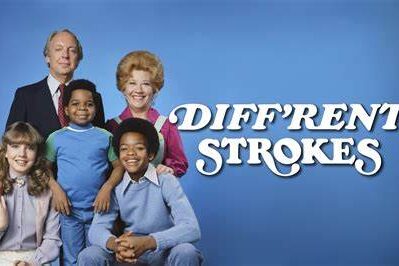
What’chu talkin’ ’bout, Willis? That famous line aside, Diff’rent Strokes tackled serious questions under the umbrella of lighthearted laughs. When two Black boys from Harlem are adopted by a wealthy white businessman, the show didn’t shy away from exploring culture shock, class divides, and race. It gave kids and adults a way to see blended families not as experiments, but as new normals. Gary Coleman’s character, Arnold, often stole scenes, but the deeper lessons lingered. Love and understanding could span backgrounds, even if society hadn’t caught up yet.
9. Little House on the Prairie – A Softer Frontier
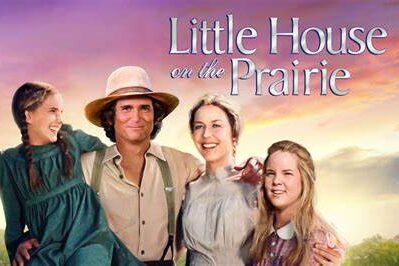
While Little House on the Prairie painted a charming picture of frontier life, it left out some of the harsher truths, particularly about Native Americans and settler violence. The show favored moral lessons and heartwarming family values, which resonated deeply with viewers. But it also glossed over the real complexities of westward expansion. Michael Landon, who played Pa, once noted, “We’re selling hope.” And they did. Hope, comfort, and nostalgia. But history’s sharp edges were sanded down, replaced with simpler versions that felt easier to digest around the dinner table.
10. Happy Days – A Clean-Cut Illusion
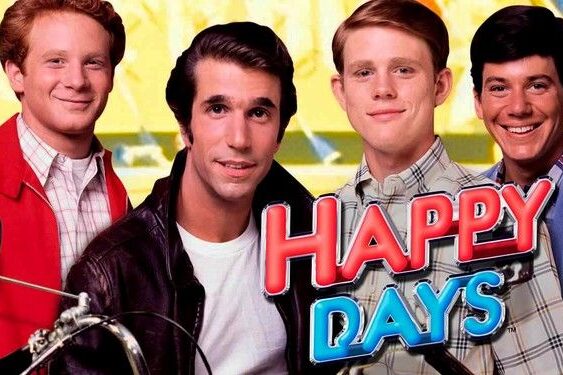
Set in the 1950s, Happy Days offered a polished, feel-good version of post-war America. Leather jackets, jukeboxes, and milkshakes made it feel like paradise, but the real 1950s were also marked by segregation, McCarthyism, and unrest. None of that made it into Arnold’s Diner. By focusing on fun and friendship, the show became a form of wishful thinking. Creator Garry Marshall admitted, “I made Happy Days to give people a break from reality.” And while it was lovable and light, it also quietly rewrote what that era really looked like.
11. The Brady Bunch – One Big (Simple) Family
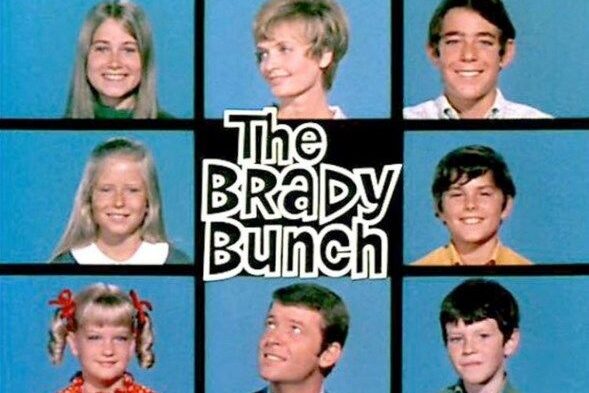
If The Brady Bunch taught us anything, it’s that six kids, two parents, and a housekeeper can coexist without chaos, at least on TV. The show showcased a blended family that rarely fought and always learned their lesson by the credits. But real life was messier. Divorce, stepfamilies, and identity issues weren’t as neatly tied up in a bow. Still, it gave people a comforting image to hold onto. Florence Henderson, who played Carol, once said, “We were the family you wished you had.” And maybe that’s the point. Sometimes, rewriting history was about giving people hope.
This story 11 Times Old TV Shows Quietly Rewrote History Without Anyone Noticing was first published on Daily FETCH


